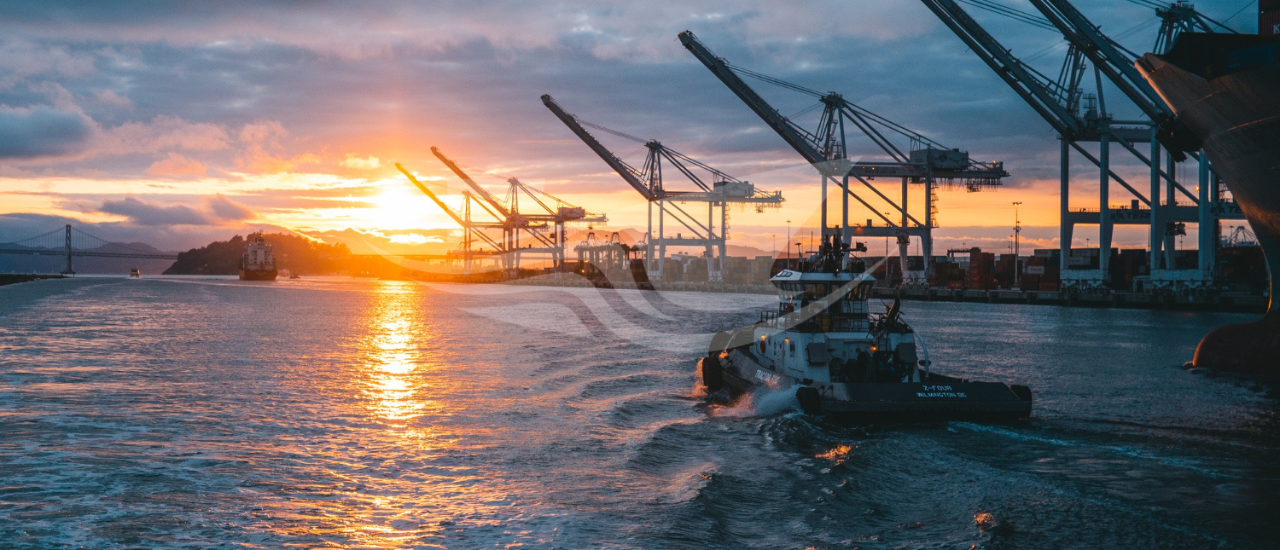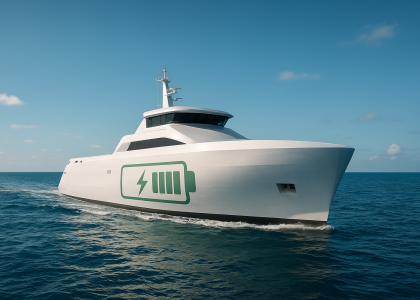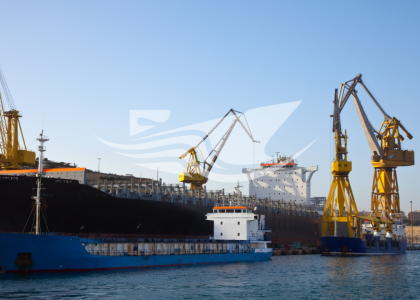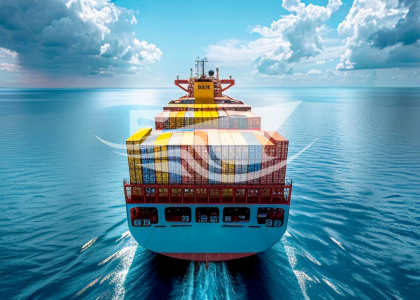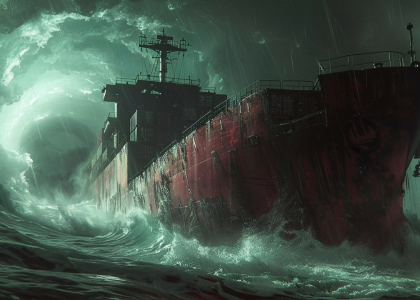As the maritime sector seeks sustainable alternatives to fossil fuels, the hydrogen ship emerges as a promising innovation. With zero carbon emissions at the point of use and high energy potential, hydrogen is gaining traction as a viable option for deep-sea and coastal vessels alike. However, transitioning to hydrogen propulsion presents unique design, safety, and infrastructure challenges that must be addressed to unlock its full potential (image by: freepik).
Hydrogen Ship Fuel Benefits: The Case for Alternative Fuels
Among various alternative fuels, hydrogen stands out for its energy density and clean combustion properties. It produces only water vapor when used in a fuel cell, making it an ideal candidate for zero-emission vessel design. Additionally, hydrogen can be produced through renewable energy sources, supporting a fully decarbonized energy cycle.
For the shipping industry, hydrogen is especially attractive for routes where battery-electric vessels fall short due to energy limitations. With proper storage and fuel cell integration, hydrogen-powered vessels can achieve the range and endurance required for international shipping.
Be a pioneer in future ship design. We offer expert consultation for hydrogen ship integration and planning.
Key Design Considerations for Hydrogen Ships
Designing a hydrogen ship involves rethinking traditional naval architecture. Storage tanks for liquid or compressed hydrogen must be carefully positioned to maintain stability and safety. These tanks are often bulkier than diesel systems, requiring significant space allocation without compromising cargo or passenger capacity.
Fuel cell systems must also be integrated with onboard power management, ventilation, and fire suppression systems. The overall layout of the vessel must ensure redundancy, safety, and efficiency while complying with emerging classification standards for hydrogen vessels.
Hydrogen Ship Safety and Regulatory Compliance
Hydrogen is a highly flammable gas, and ensuring operational safety is paramount. Modern designs incorporate double-walled tanks, hydrogen sensors, automated shutdown systems, and fire-resistant materials. These components work together to mitigate risk in case of leakage or ignition.
Maritime regulators and classification societies are developing new guidelines to govern hydrogen ship design. Close collaboration with class authorities is essential during the design phase to ensure full compliance and certification readiness.
Infrastructure and Bunkering Challenges
One of the greatest obstacles to hydrogen-powered shipping is the limited availability of bunkering infrastructure. Ports must invest in safe and efficient hydrogen storage, transfer, and refueling systems. Until such infrastructure is widespread, hydrogen vessels may be limited to specific operational zones or require hybrid systems.
Despite these challenges, various pilot projects in Europe and Asia are paving the way for future adoption. Ports in Norway, the Netherlands, and Japan are leading investments in hydrogen-ready terminals and distribution systems.
Operational Trade-Offs and Efficiency
While hydrogen offers environmental advantages, it comes with trade-offs in cost and energy efficiency. The production, storage, and transportation of hydrogen are currently more expensive than conventional marine fuels. However, as technology matures and economies of scale improve, hydrogen is expected to become more competitive.
Vessel operators must also consider crew training, maintenance protocols, and energy management strategies specific to hydrogen systems. A successful transition to hydrogen shipping requires a comprehensive operational plan, not just a redesign of propulsion systems.
Future Design Opportunities and Innovation
The future of hydrogen ship design is closely tied to innovation in materials, automation, and digital simulation. Lightweight composites, autonomous safety systems, and AI-based performance optimization are expected to play a role in the next generation of hydrogen vessels.
As hydrogen technologies evolve, designers and engineers will need to balance technical feasibility with regulatory compliance and market demand. Each vessel type—from ferries to offshore support vessels—will require tailored hydrogen solutions that meet both performance and environmental goals.


